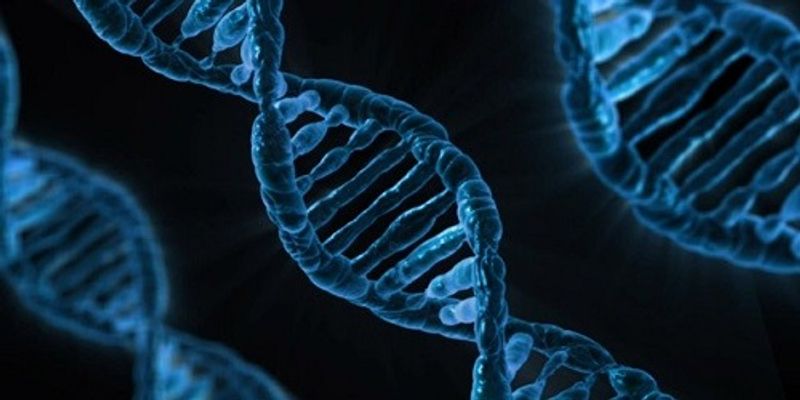Horizontal Gene Transfer
Horizontal gene transfer is the transfer of genetic information across two unicellular or multicellular organisms. This is one of the driving forces behind bacteria that become resistant to antibiotics, as bacteria with resistance spread the resistance to other bacteria via transduction, transformation, or conjugation. While common in bacteria, HGT is a rare occurrence in multicellular organisms. One example is thought to be the transfer of mitochondrial DNA into the nuclear genome.
-
SEP 26, 2023 | 8:00 AMJoin us for an educational webinar that delves into the fascinating world of Extracellular Vesicles (EVs) and their impact on biomedical research and medicine. In collaboration with ExoVecto...Speaker: Roland Leathers, PhD , Jeroen de Vrij, PhDSponsored By: Thermo Fisher Scientific/GibcoThe transfer of antimicrobial resistance genes (ARG) to pathogenic microbes is a major concern in modern medicine. Antibiotic therapies are often rendered ineffective by horizontal acquisiti...
Focusing on the urgent clinical problem of increasing carbapenem resistance in Enterobacteriaceae we have been evaluating detection methods in clinical microbiology and molecular transmissio...
Background: Haemophilus influenzae is the causative agent of multiple human disease conditions among multiple sites in the human body. Underlying genetic mechanisms are elusive, particularly...
The soil microbiome can produce, resist, or degrade antibiotics and even catabolize them. Resistance genes are widely distributed in the soil and may act as a reservoir for pathogen antibioti...
Horizontal gene transfer (HGT) – or the non-genealogical transmission of DNA between organisms – is the dominant mode responsible for the spread of antibiotic resistance genes. Co...
Horizontal gene transfer (HGT) has long been recognized as an important source of genetic diversity. In the clinical setting, HGT plays an important role in the spread of antibiotic resistanc...
DATE: January 31, 2017TIME: 9:00AM PT, 12:00PM ET Gautam Dantas - While the most acute effects of increasing antibiotic resistance in pathogens are observed in clinical se...
Biofilm is an ancient and preferred mode of growth for microbes with 99% of all microbes residing in a biofilm. Biofilm is characterized by a community of microbes (usually polymicrobial ofte...









